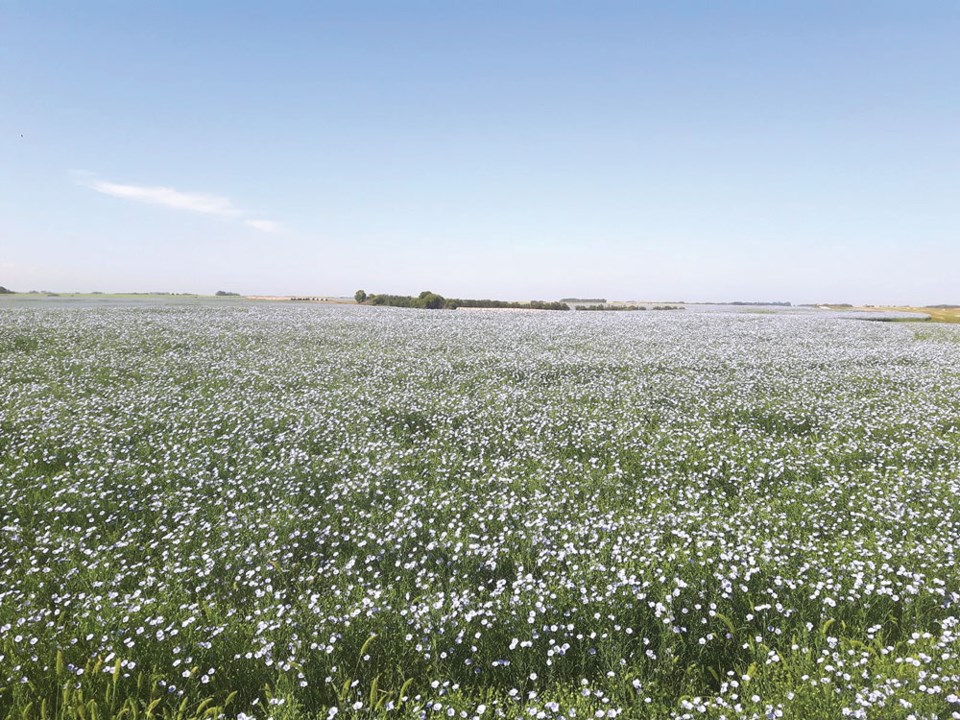Brent Dunnigan is looking forward to the start of harvest.
Dunnigan Farms will harvest about 7,000 acres of crops this year in areas north and south of Alameda, and Dunnigan expects harvesting efforts will begin this weekend. He’s optimistic the farm will enjoy an average or even an above-average year.
“We’re growing canola, wheat, durum wheat, hay, chickpeas, flax and oats,” said Dunnigan.
The operation has been swathing already in advance of the start of harvest. Some neighbouring farms have been able to start harvest on their winter cereals, such as rye. But nobody has been able to start with the spring crops.
Dunnigan expects other producers in the Alameda area will begin harvesting their spring-seeded crops soon.
The hay crop was better than expected, he said, and it proved to be a slightly above-average year. The regular precipitation that the southeast region received in June and early July saved not only the cereal crops and the oil seeds, but it was a blessing for the hay as well.
“We were concerned about returning to the mid-1980s (drought),” said Dunnigan. “It looked all over like a drought was happening, and once we got that rain, it just changed things completely.”
Those years in the 1980s happened when Dunnigan and his wife Peggy first started farming.
“I think there’s going to be a real variance in the size of the kernels … just because of the different stages of the crops, so that could be somewhat of a challenge,” he said. “Every year gives us a new challenge.”
The flax, hard wheat and durum look to be in the best shape for harvest. Canola will likely be the most disappointing crop.
“And I’m hearing that from quite a number of people. The canola can’t take that heat,” said Dunnigan.
It would have been nice to have a timely rain in the final weeks of the growing season, but now it’s likely too late to have precipitation of significance. Hot, dry weather would be the ideal forecast until harvest is complete, which will be in four or five weeks if the weather co-operates.
The last precipitation came on July 28, when the farm received about six millimetres.



